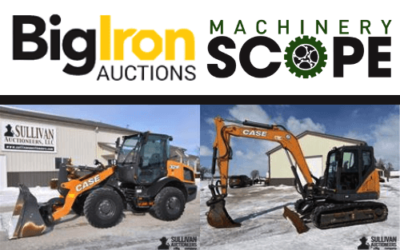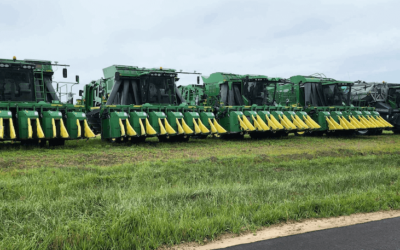Farmers across the country are navigating a tough economic climate, with depressed commodity prices putting pressure on already slim margins. During challenging times like these, strategic planning, resourcefulness, and self-care are key to success. Here are three actionable steps farmers can take to weather the storm:
Evaluate and Streamline Operating Costs
Review your farm’s operational expenses with a fine-tooth comb. Identify areas where you can cut unnecessary costs or improve efficiency without compromising productivity. This may include precision technology, reducing input waste, or renegotiating supplier contracts. Every dollar saved strengthens your ability to navigate unpredictable market conditions.
Mitigate Unnecessary Risks
One of the biggest threats to a farming operation’s financial stability is an unexpected major mechanical failure. A single breakdown can lead to repair costs that stretch into tens of thousands of dollars. The ability to mitigate these risks often gets overlooked. Extended warranty plans offer protection by covering repair costs with a highly efficient risk transfer through companies like Machinery Scope that are rooted in agriculture, ensuring that you can keep your equipment running without the burden of unexpected expenses. These plans also offer peace of mind, allowing you to focus on your operation rather than worrying about potential failures.
Prioritize Self-Care and Mental Health
Farming can be mentally and emotionally taxing, especially during challenging times. Stress, anxiety, and fatigue can take a toll on your well-being and decision-making. Prioritizing self-care and mental health is essential for maintaining resilience. Take time to rest, seek support from family or friends, and don’t hesitate to reach out to mental health professionals or local resources designed to help farmers. A healthy farmer is key to a thriving farm.
While times may be challenging, proactive steps like these can help ensure the survival and resilience of your farming operation. By cutting costs, managing risk with tools like extended warranties, and seeking new revenue opportunities, you can position your business to withstand these difficult times and emerge stronger. Farmers have always been resilient, and with careful planning, you will succeed in the face of adversity.



